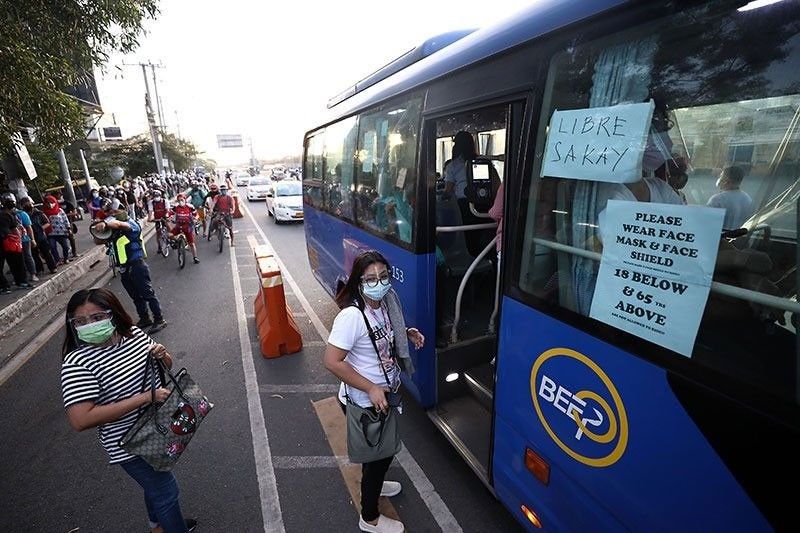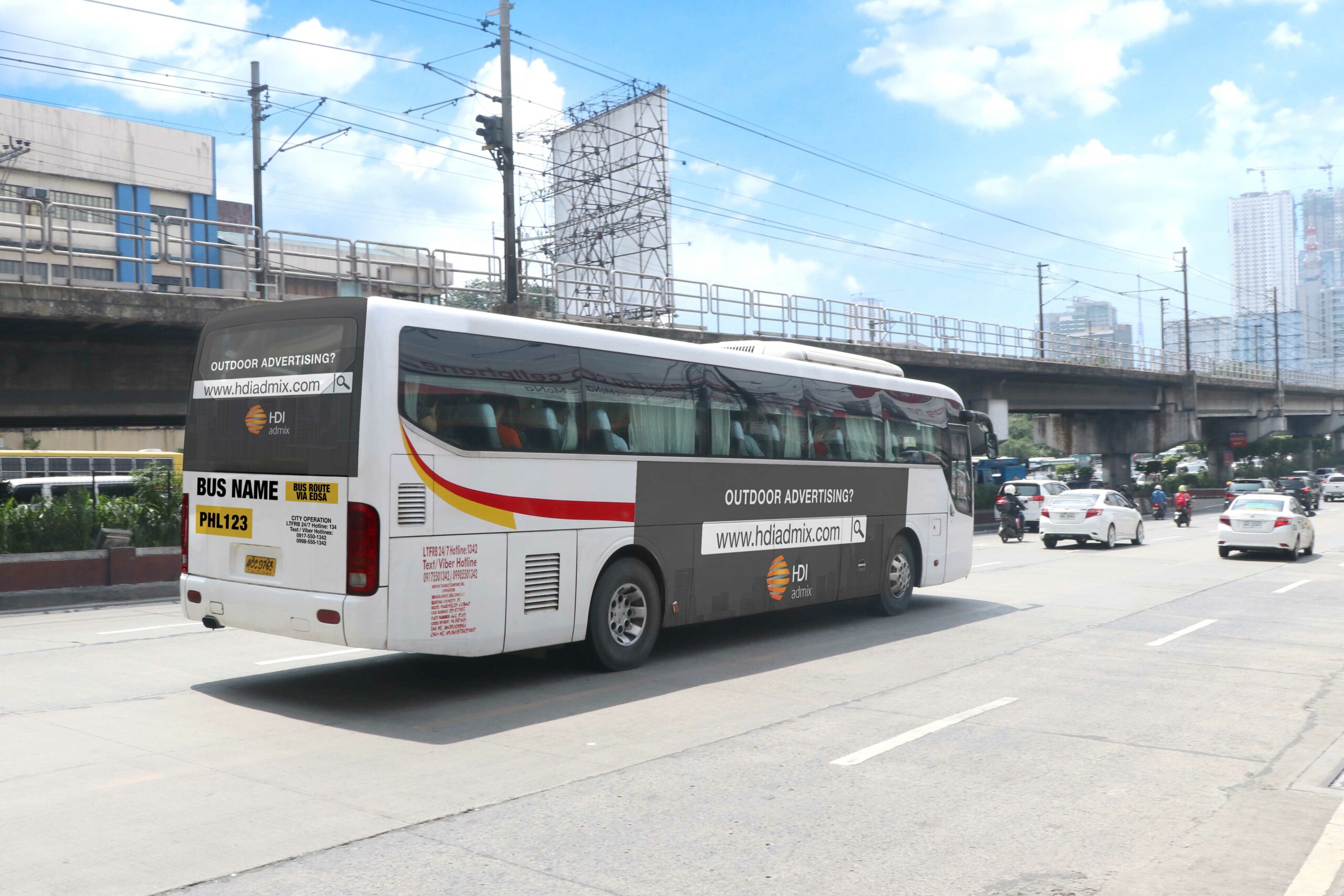Recognizing the Role of Transportation Advertising in Enhancing Brand Name Visibility and Consumer Involvement
Transit advertising and marketing has become a pivotal aspect in the marketing landscape, providing one-of-a-kind chances for brand names to elevate their exposure and involve consumers successfully. With the ability to reach a varied and captive target market during their everyday commutes, these advertising and marketing techniques are not merely regarding presence; they have to do with developing significant links with potential clients. As we discover the multifaceted benefits and cutting-edge approaches within transit advertising and marketing, it ends up being essential to think about just how these elements collectively influence consumer assumption and habits, elevating questions about their lasting influence on brand name commitment.
Definition of Transit Advertising
Transit advertising describes the technique of advertising items, services, or brands via promotions positioned around public transport systems. This type of advertising encompasses a selection of positionings, including posters on buses and trains, digital displays at transportation stations, and wraps on the outside of lorries. It intends to reach a diverse target market, taking advantage of the high foot web traffic related to public transit.
Transportation advertising and marketing is tactically placed to catch the interest of commuters, that often spend substantial time traveling or waiting. By incorporating ads into the day-to-day routines of people, brand names can create a long-term perception and foster brand name acknowledgment. The medium is specifically efficient in urban settings, where public transportation is a primary mode of traveling.
Furthermore, transit advertising and marketing can help with local targeting, enabling businesses to get to certain demographics based on transportation routes and terminal areas. As metropolitan populaces grow and using public transport rises, this advertising approach has gained prominence as an essential element of incorporated advertising strategies. The vibrant nature of transit advertising and marketing, combined with its capacity to engage consumers in a restricted environment, emphasizes its importance in modern advertising techniques.
Advantages of Transportation Advertising And Marketing
The effectiveness of transportation advertising and marketing depends on its capacity to provide a plethora of benefits to brands seeking to improve presence and involvement. One of the primary advantages is the substantial reach it supplies; transportation advertisements can effectively target diverse demographics across metropolitan areas, getting to both pedestrians and travelers alike. This wide direct exposure significantly boosts brand understanding.
One more benefit is the high regularity of perceptions. As transportation vehicles follow recognized paths and stop at several places, they develop recurring direct exposure that enhances brand name messages. This frequency fosters familiarity, which is important in customer decision-making.
Transit marketing is likewise cost-effective compared to other media platforms. Offered its large reach and possibility for high perceptions, brands typically experience a lower cost per thousand impacts (CPM), optimizing their marketing budget.
Moreover, transportation advertisements can create a sense of area connection. By aligning with neighborhood transportation systems, brands can resonate with local audiences and foster a feeling of regional satisfaction. This local method enhances brand name loyalty and involvement, making transportation marketing a compelling selection for services aiming to solidify their presence on the market.

Efficient Techniques for Transportation Projects
To maximize the influence of transportation campaigns, brand names must take advantage of strategic planning and implementation tailored to their target audience. Initially, determining the demographic features of the audience using public transit is important. This allows brand names to produce personalized messaging that reverberates with potential customers.
Next, selecting the right transit tools is vital. Whether utilizing bus wraps, metro posters, or electronic screens, each medium has one-of-a-kind advantages that can improve presence. For example, lively visuals on bus covers can attract interest, while electronic ads can be updated regularly to mirror timely promotions.
In addition, integrating a cohesive branding method across transit platforms makes sure uniformity and reinforces the brand name's identification. Utilizing distinctive styles and unforgettable taglines my company will certainly enhance brand recall amongst commuters.
Finally, timing is an essential consider carrying out successful transit campaigns. Launching campaigns throughout peak travel hours or neighborhood events can significantly boost visibility and involvement. By utilizing these techniques, brand names can efficiently harness the possibility of transportation marketing, fostering greater recognition and link with their target audience. Ultimately, a well-executed transportation campaign can drive significant development in brand presence and consumer interaction.

Gauging Influence and Interaction
In evaluating the efficiency of transit marketing campaign, precise measurement of impact and involvement is crucial for brand names seeking to maximize their advertising methods. Metrics such as reach, frequency, and impressions provide fundamental information to analyze presence. Examining these elements aids establish the number of prospective clients are subjected to the ads throughout their day-to-day commutes.
Interaction can be additional evaluated through customer interactions, such as internet site traffic, social media states, and direct responses to calls-to-action included in the advertisements. Using tools like QR codes or one-of-a-kind Links can help with monitoring of consumer actions straight linked to transportation projects. Surveys and responses mechanisms also work as useful methods to collect qualitative data on customer understandings and recall of the advertisement.
Moreover, progressed analytics and attribution models can associate transit exposure with succeeding investing in habits, using understandings into the return on investment. By utilizing a comprehensive strategy that incorporates qualitative and quantitative procedures, brand names can create a nuanced understanding of their transit marketing effect. Inevitably, this data-driven approach enables brands to fine-tune their campaigns, ensuring they reverberate properly with target market and boost total brand name visibility.
Case Research Studies of Successful Campaigns
Effective transit marketing campaigns act as compelling examples of how efficient techniques can raise brand exposure and engagement. Transit Advertising Philippines. One noteworthy case is the "I Love New York" campaign, which transformed the city's image and attracted numerous tourists. By utilizing metro advertisements, signboards, and bus covers, the project produced a strong, cohesive brand identity, resulting find in a significant uptick in tourist and neighborhood service patronage
One more exemplary project is Coca-Cola's "Share a Coke" campaign, which leveraged transportation advertising to customize the brand experience. By featuring preferred names on marketing materials throughout different transit systems, Coca-Cola promoted a deeper psychological connection with consumers, urging them to share their experiences on social networks.
Additionally, the "Got Milk?" project successfully utilized public transport advertisements to get to a broad audience, enhancing the message of the value of milk in a balanced diet plan. The campaign saw a quantifiable boost in milk usage in target demographics.
These case studies highlight that when implemented attentively, transportation marketing can considerably boost brand visibility, foster consumer involvement, and drive quantifiable results, showing its essential duty in modern-day advertising and marketing strategies. - Transit Advertising Philippines
Final Thought
In conclusion, transportation marketing serves as an essential tool for boosting brand visibility and promoting consumer involvement. Inevitably, the capacity to measure involvement and analyze effective instance researches emphasizes the efficiency of transportation marketing in driving brand name commitment and customer communications.
Transit marketing has why not check here emerged as a critical element in the marketing landscape, offering unique opportunities for brand names to boost their exposure and engage consumers properly.In addition, transportation marketing can help with local targeting, permitting organizations to get to certain demographics based on transit routes and terminal locations.In assessing the efficiency of transit marketing projects, exact dimension of effect and interaction is vital for brands seeking to maximize their advertising methods.Successful transit advertising and marketing projects serve as engaging instances of how effective strategies can boost brand visibility and involvement.In final thought, transit advertising offers as an important tool for enhancing brand visibility and cultivating consumer involvement.